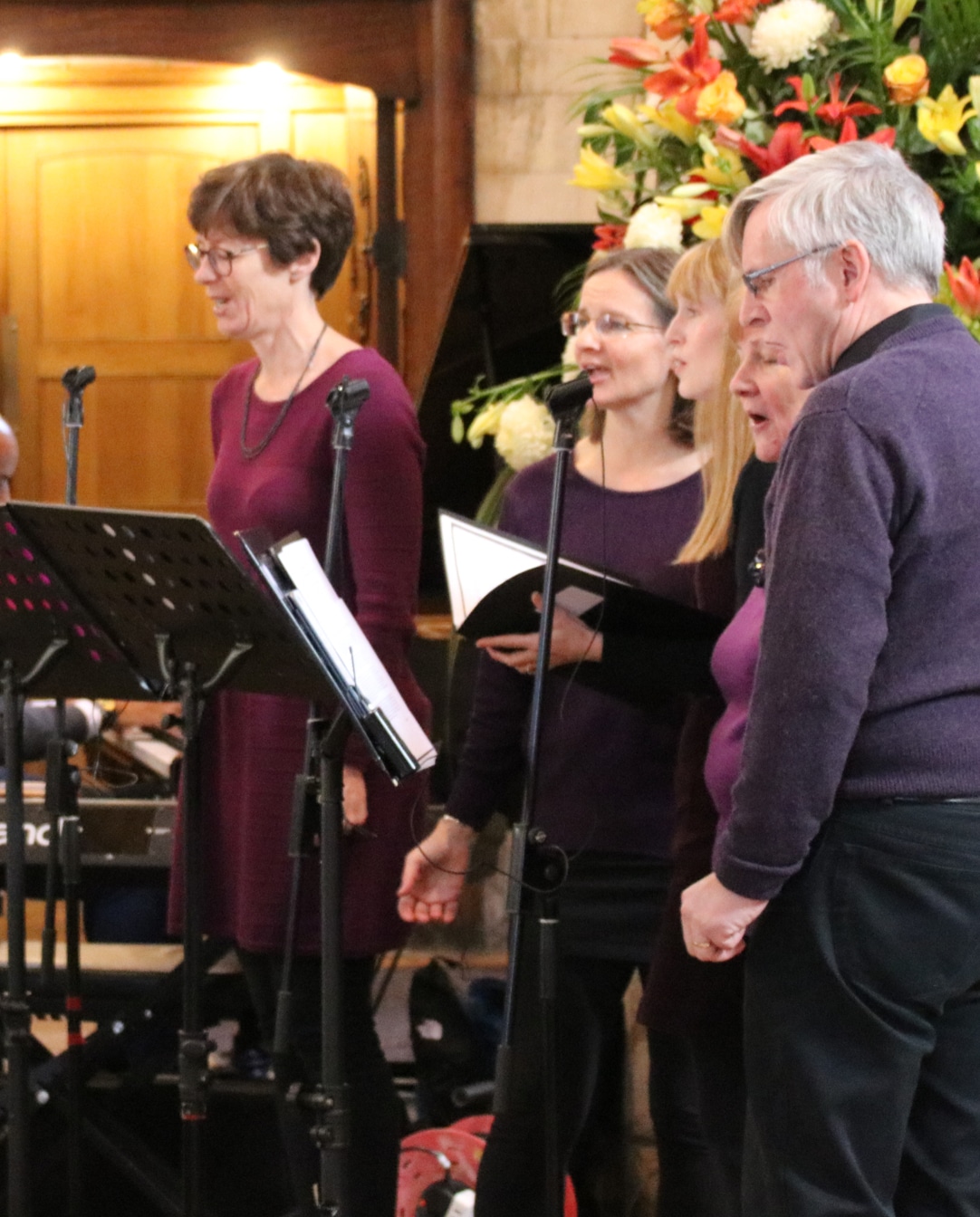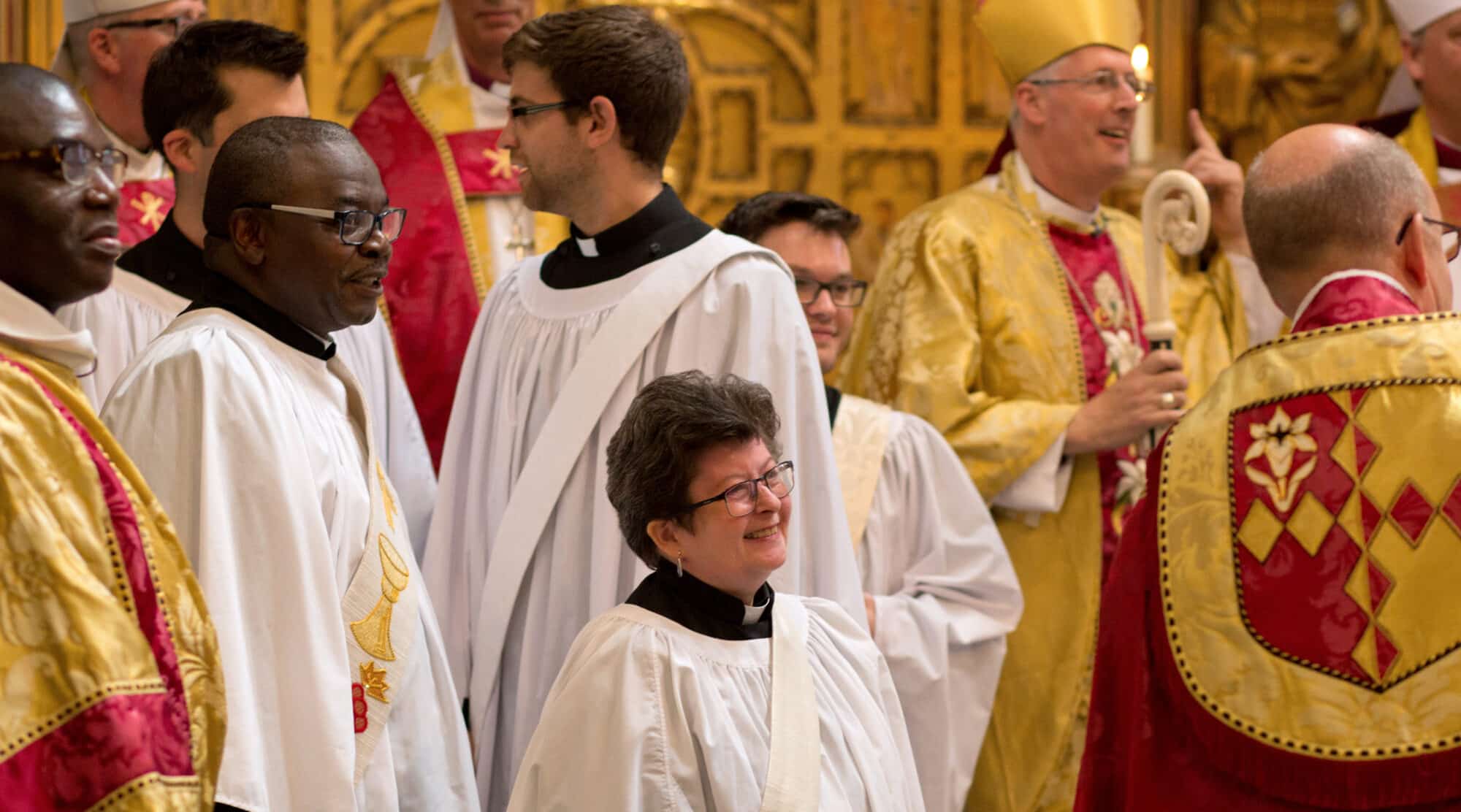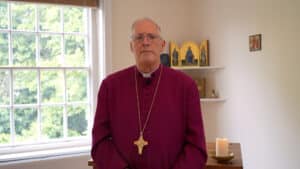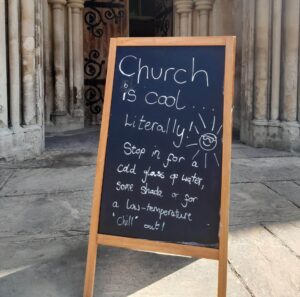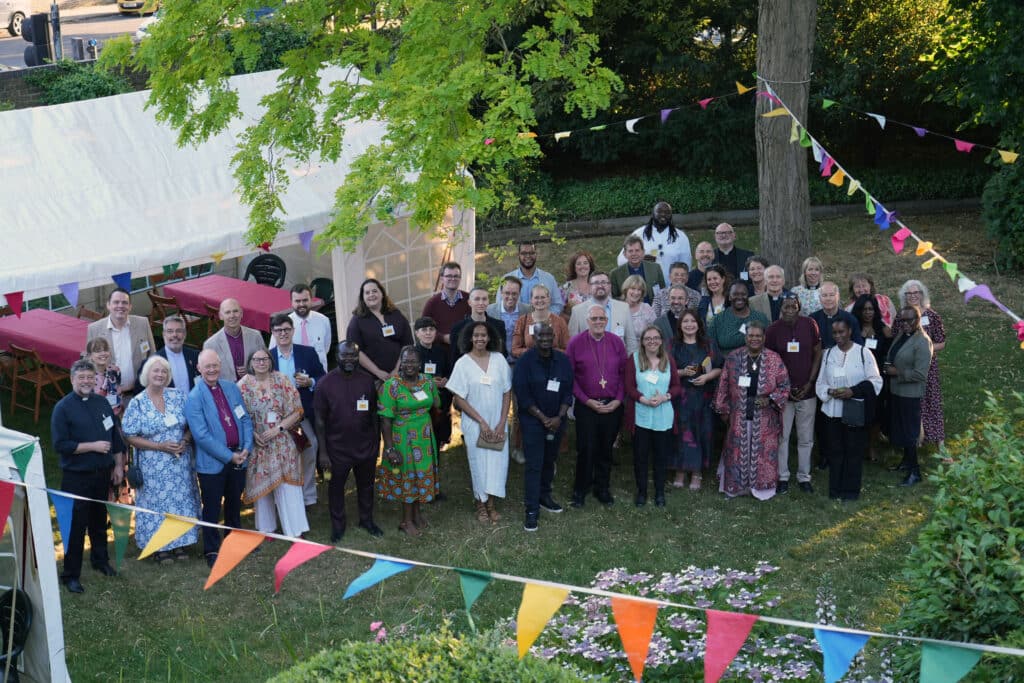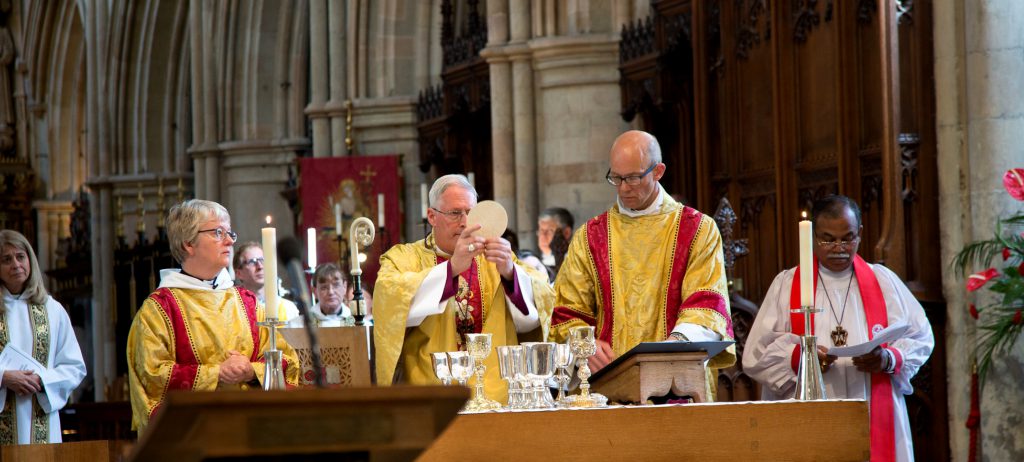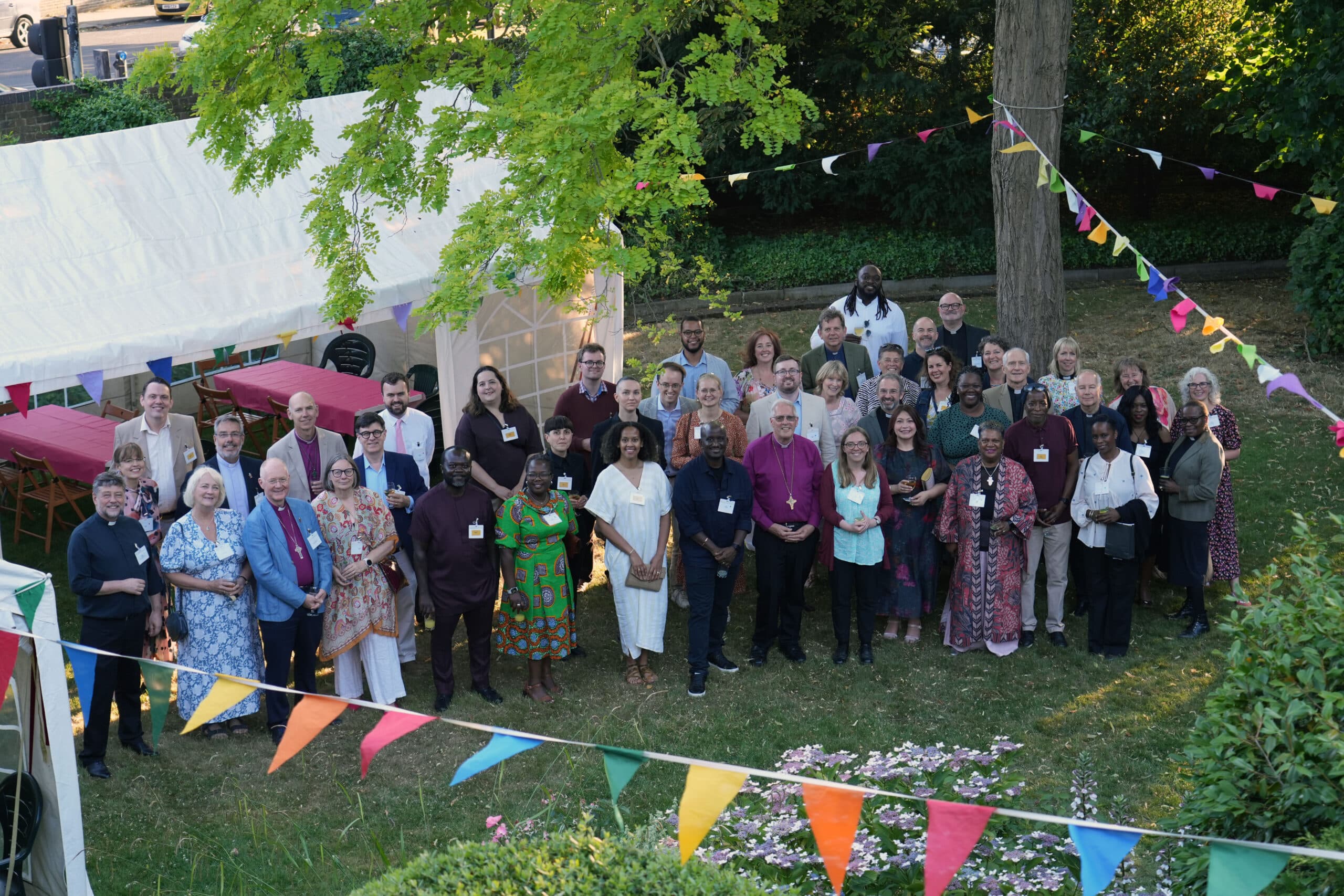What does the word ‘welcome’ look like to you? How is it enacted in our everyday lives? How can we be more welcoming to the stranger? When my parents’ generation came to these shores in large numbers in the 1950’s and 1960’s they were expecting a warm welcome from local people. After all the British government, the ‘Motherland’ needed them to rebuild after the Second World War.
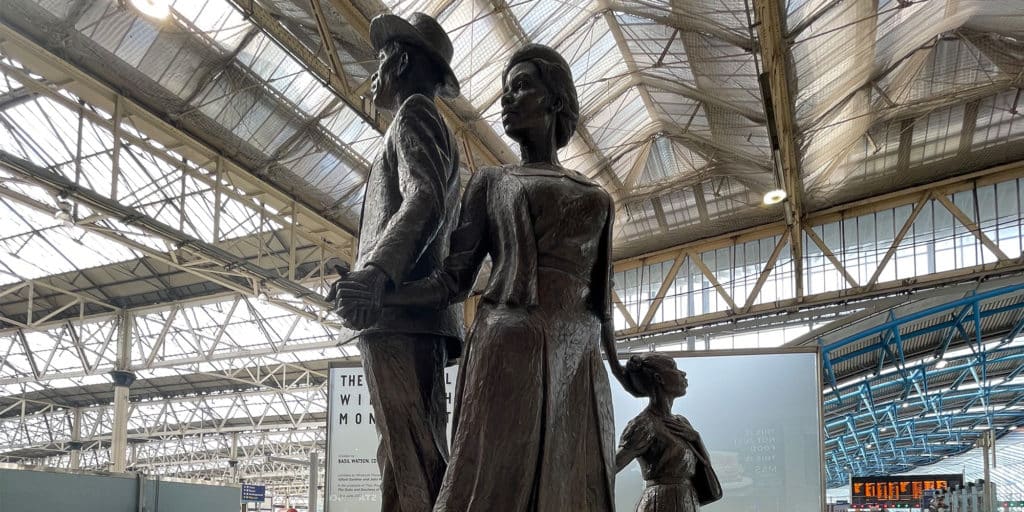
As we all know, a warm welcome was not the case. We are all too familiar with the stories of doors slammed in their faces. “No blacks, no Irish and no dogs” were the words written on boards outside rental properties and boarding houses. They faced racism and discrimination in all areas of society. On a recent holiday to Jamaica to visit my dad who returned after living here for over 50 years, he shared the story of when he and a friend (both in their early 20’s) had to run for their lives from a gang of Teddy Boys. I got the sense that this was not an isolated incident.
Many of our churches were slow to welcome this generation during this time. There would be quiet word after the service from the vicar or churchwarden suggesting that the young gentleman, lady or family who had just arrived from the Caribbean may feel more comfortable at the church down the road. The irony is, that these young people grew up in the Anglican church back home and wanted to worship the Lord somewhere that was familiar to them. It’s heart-breaking that there seem to be more stories of non-welcome for this Windrush generation than there are of welcome.
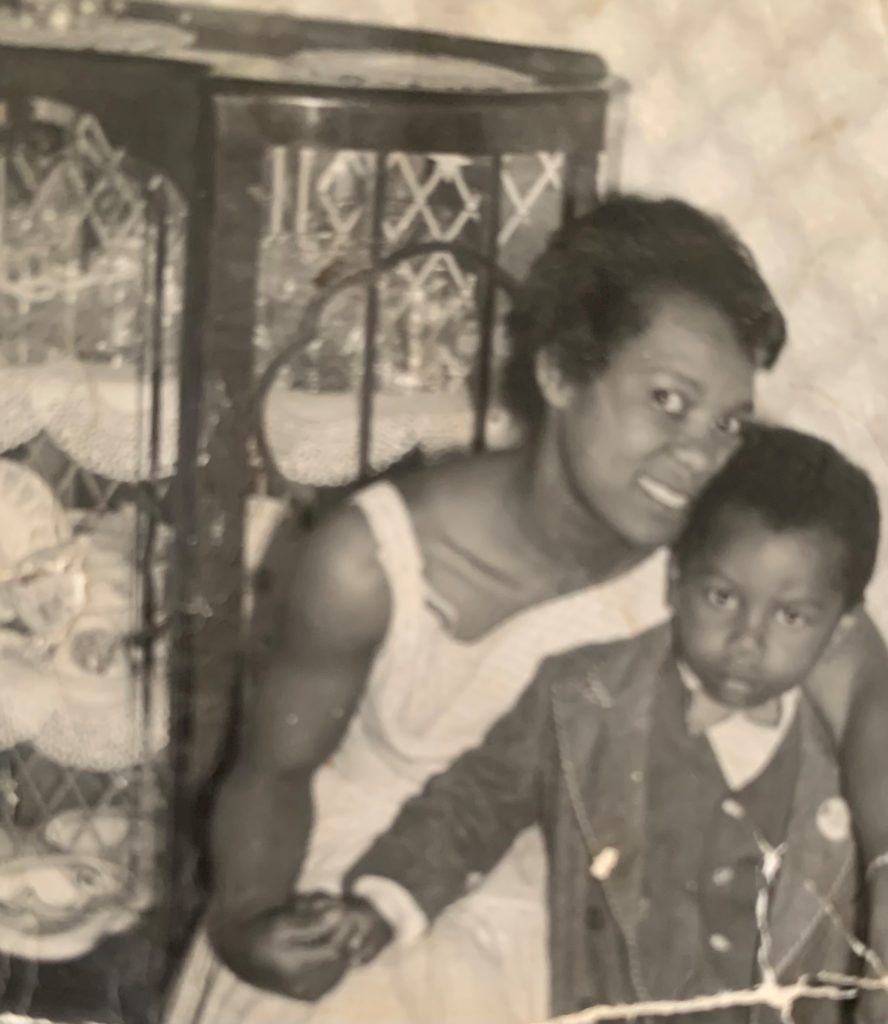
But there are wonderful stories of welcome too that sometimes get lost in this narrative. My late mum, Thelma, came to the UK in the 1960’s and trained as a nurse. She first went to Scotland for a time and often spoke fondly of the people she met. The children and young people on the ward where she worked thought she was the pop-star, Millie. Others were interested to learn about where she came from. She later stayed with a family in Tamworth. They treated her as their own and I remember as children we would visit them during the summer holidays. This family’s warmth and hospitality was counter-cultural at the time. It is only now as I write this that I wonder what it must have been like for them. My mum talks about the racism she experienced in this small village just outside Tamworth, but also of the kindness, openness, generosity of this family.
Our Black History Month theme this year as a Diocese is Welcome. We are drawing on the bible passage from Matthew 23:35 “For I was hungry and you gave me food, I was thirsty and you gave me drink, I was a stranger and you welcomed me.” We kick off Black History Month 2022 with a celebration service at Southwark Cathedral today at 11am followed by workshops looking at the theme of welcome through the lens of Refugees, Children and Young People who are refugees, and spending time reflecting on welcome through ‘marking’. We will be invited to write or draw prayers and place them on the prayer tree. Many lessons have been learned since the days when my parents have arrived and there is an intentionality about our welcoming the stranger in our churches today than there was then. Or I hope that there is.
Over the coming weeks during Black History Month, this Hearts on Fire blog will be taken over by students from St Mark’s Academy in Mitcham who have been reflecting on the following question: “Christianity teaches that we are all ‘one in Christ’. What does that mean to you and how can it help us to understand God’s call to welcome all peoples?” They will also be reading them out at today’s service.
Please send the Communications Team what you as churches or individuals are doing this Black History Month so that we can share too – [email protected]
Remember to take a look at the Diocese of Southwark Anti-Racism Charter and if you haven’t already, start putting into practice the strategies it outlines for ethnic diversity and inclusion.
If you are unable to make it to the Black History Month Service, it will be live-streamed https://bit.ly/3rknNxD
